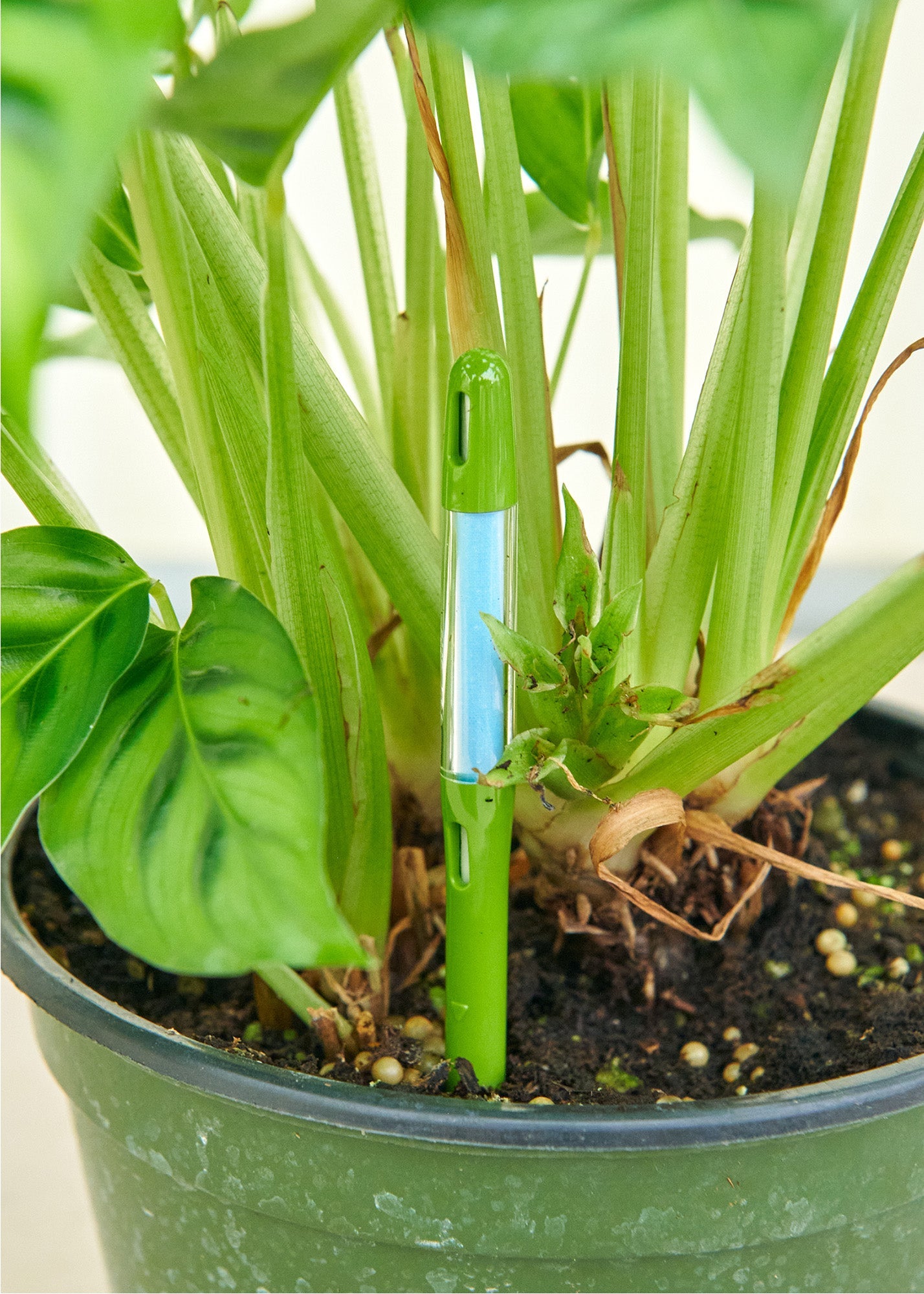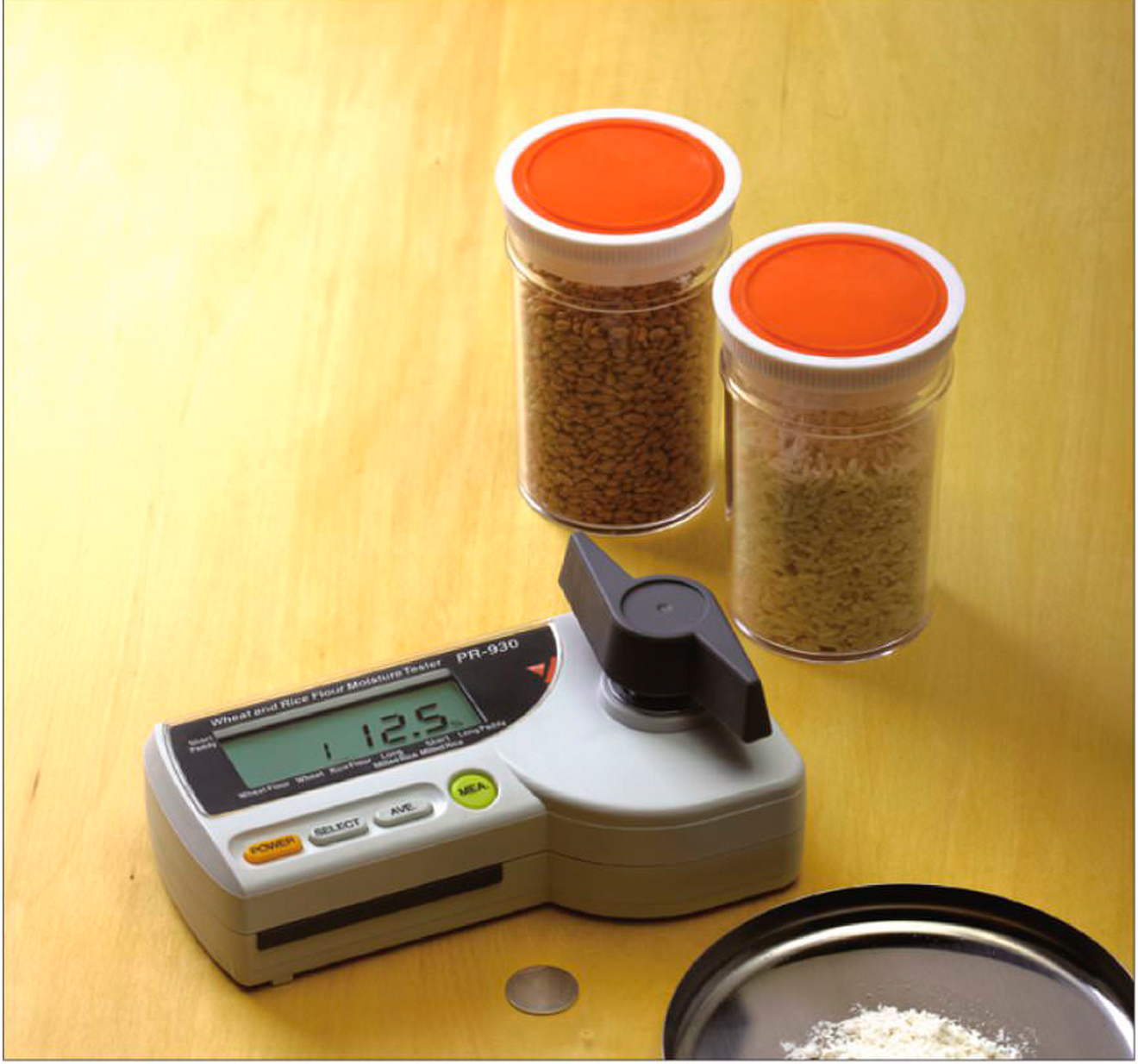Explore the Globe of Moisture Meters: Whatever You Required to Know
In the world of moisture meters lies a globe of precision and functionality that usually goes undetected. These gadgets, while apparently simple, hold a wide range of details that can considerably affect different industries and applications. Recognizing exactly how moisture meters operate, the different types available, and their varied usages can clarify their importance in guaranteeing top quality and performance. By discovering the details of moisture meters, one can discover an important tool that goes beyond mere measurement, offering insights that can make a significant distinction in countless fields.
Exactly How Wetness Meters Work
Dampness meters run by determining the electrical conductivity or capacitance of materials to establish the dampness web content present - Moisture Meter. These meters are invaluable devices throughout numerous industries, consisting of farming, building and construction, and woodworking. By utilizing different techniques such as pin-type or pinless modern technology, moisture meters offer precise analyses that help professionals make educated choices
Pin-type wetness meters work by placing the sharp pins into the material being examined. The electric conductivity in between the pins is then measured, with higher moisture degrees leading to boosted conductivity. On the other hand, pinless moisture meters utilize electromagnetic signals to scan a bigger area without triggering any damages to the material's surface. These meters are perfect for swiftly evaluating moisture degrees in big locations or ended up items.
No matter of the technique used, wetness meters play a vital role in preventing problems such as mold development, architectural damages, or item issues triggered by excess wetness. Recognizing how these meters work is important for making sure the top quality and honesty of products in different applications.
Kinds of Wetness Meters
Provided the important duty moisture meters play in different industries, it is vital to comprehend the different kinds offered to professionals for accurately examining wetness degrees. There are primarily two primary kinds of dampness meters: pinless and pin-type dampness meters.
Pin-type dampness meters make use of 2 pins that are put into the product being evaluated to measure the electric resistance in between them. This approach is frequently made use of for timber, drywall, and various other building products. Pin-type meters give exact readings at particular depths, making them optimal for recognizing wetness gradients.
On the other hand, pinless wetness meters make use of electro-magnetic sensor plates to scan a larger location of the material without creating any damage. This type appropriates for quickly scanning huge locations and is commonly utilized for flooring, wall surfaces, and ceilings. Pinless meters are hassle-free for taking readings on finished surface areas without leaving any visible marks.
Both kinds of dampness meters have their advantages and are chosen based on the particular requirements of the task handy. Comprehending the differences between these kinds is essential for professionals to make accurate moisture evaluations.
Applications Throughout Industries
With varied capabilities, dampness meters locate widespread application throughout numerous markets, aiding professionals in making certain optimal problems for products and frameworks. In the agriculture field, wetness meters are invaluable for figuring out the dampness content in grains, seeds, and hay, making sure quality assurance and protecting against mold development. Building and construction professionals count on moisture meters to analyze the wetness levels in structure products like drywall, wood, and concrete, which is crucial for maintaining architectural integrity and protecting against problems like rot or mold. The floor covering sector uses dampness meters to measure the dampness content in subfloors before setting up different flooring, preventing expensive damages because of excess moisture. In the food industry, moisture meters are utilized to keep an eye on and regulate moisture levels in products such as grains, nuts, and dried out fruits to maintain quality and top quality. In addition, wetness meters play an essential role in see post the reconstruction and damage assessment sector by aiding specialists address and determine water damages in structures without delay. Across these varied markets, wetness meters are essential tools for making certain the quality, safety and security, and durability of various products and products.
Tips for Utilizing Dampness Meters
Utilize the dampness meter's calibration setups to ensure exact analyses when gauging the moisture content in different products. Calibration is important for the proper functioning of a dampness meter. Before each usage, it is suggested to check and adjust the calibration setups according to the particular product being evaluated. In addition, ensure the meter is established to the right moisture range for the product you are measuring to acquire the most precise outcomes.

When using a pin-type moisture meter, place the pins to the appropriate deepness suggested for the material being checked. This guarantees that the moisture analyses are extracted from the appropriate depth within the product, providing a more precise depiction of its moisture web content. For pinless wetness meters, keep in mind to preserve appropriate contact with the product's surface area to get reliable analyses.

Consistently examine and change the batteries in your dampness meter to avoid unreliable analyses due to low power. When not in usage to prolong its lifespan and keep its accuracy, Store the meter in a dry and secure area. By following these tips, you can take full advantage of the performance of your dampness meter and acquire accurate dampness content measurements throughout Resources various materials.

Maintenance and Calibration
To make certain the precision of dampness content dimensions, regular upkeep and calibration of the wetness meter are necessary steps in its correct functioning. Upkeep includes maintaining the wetness meter clean and totally free from debris that go right here could impact its analyses. It is necessary to comply with the supplier's guidelines for cleaning to stop damages to the gadget. Furthermore, normal calibration is essential to validate the accuracy of the readings. Calibration adjusts the dampness meter to make certain that it supplies trusted and regular results.
Calibration should be done regularly, especially if the dampness meter is made use of regularly or in vital applications where precise dimensions are called for. By adjusting the moisture and keeping meter frequently, users can trust the precision of the wetness material measurements gotten.
Conclusion
Finally, dampness meters play an essential role in different industries by precisely determining the dampness material of materials. Comprehending how these gadgets work, the different types available, and correct maintenance and calibration are crucial for obtaining trustworthy outcomes. Whether in production, building, or agriculture, the use of dampness meters assists make certain high quality control and efficiency in processes.
Construction experts depend on dampness meters to assess the dampness levels in building products like concrete, timber, and drywall, which is critical for maintaining structural stability and stopping issues like rot or mold and mildew. The floor covering market makes use of dampness meters to measure the wetness material in subfloors before installing different flooring coverings, preventing costly problems due to excess dampness.Use the dampness meter's calibration settings to make certain precise readings when measuring the wetness material in different products. By adhering to these ideas, you can make the most of the efficiency of your wetness meter and get exact wetness material measurements across various products.
In final thought, moisture meters play a crucial function in numerous industries by accurately measuring the wetness material of materials.
Comments on “The Science Behind Moisture Meters: Just How They Work and Why They're Important”